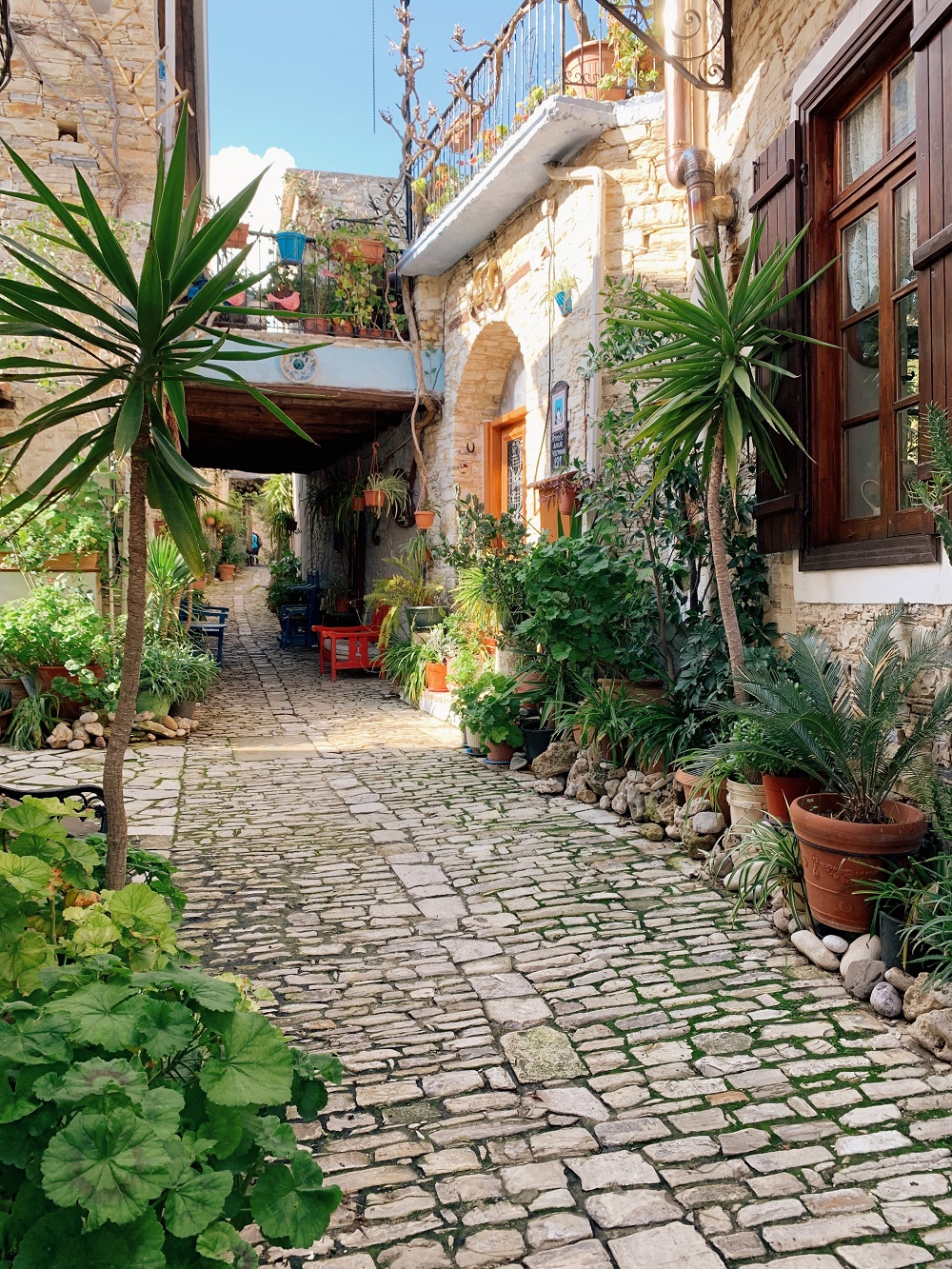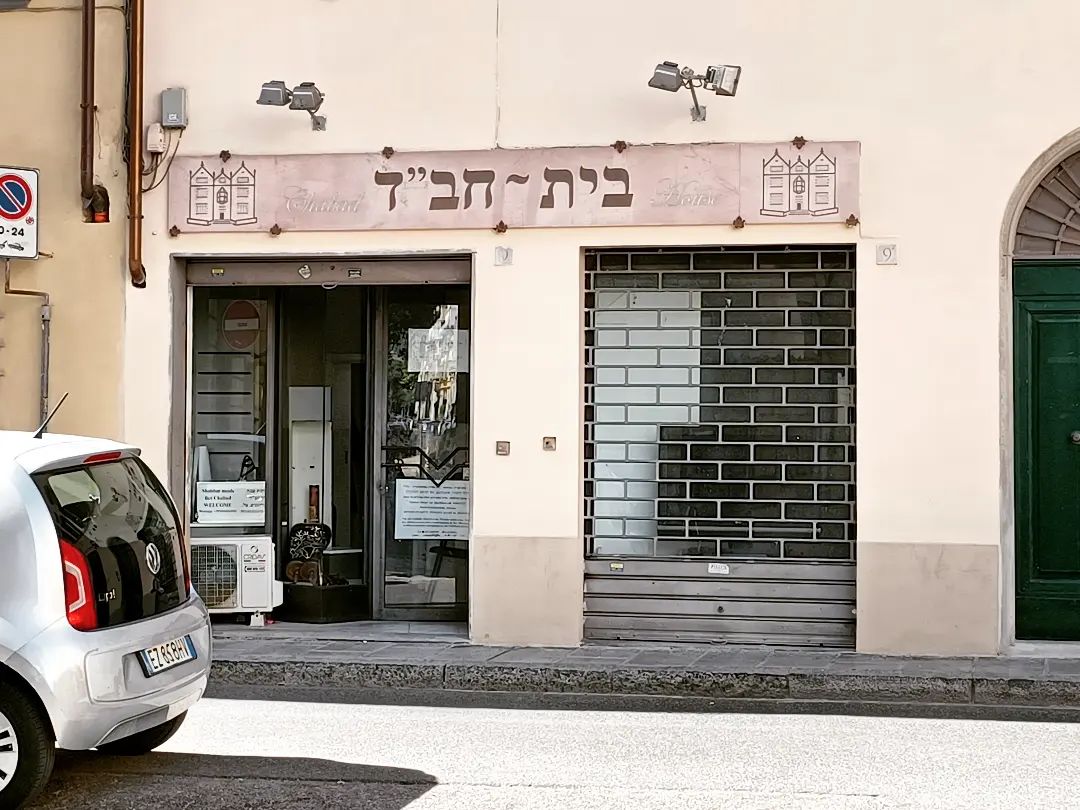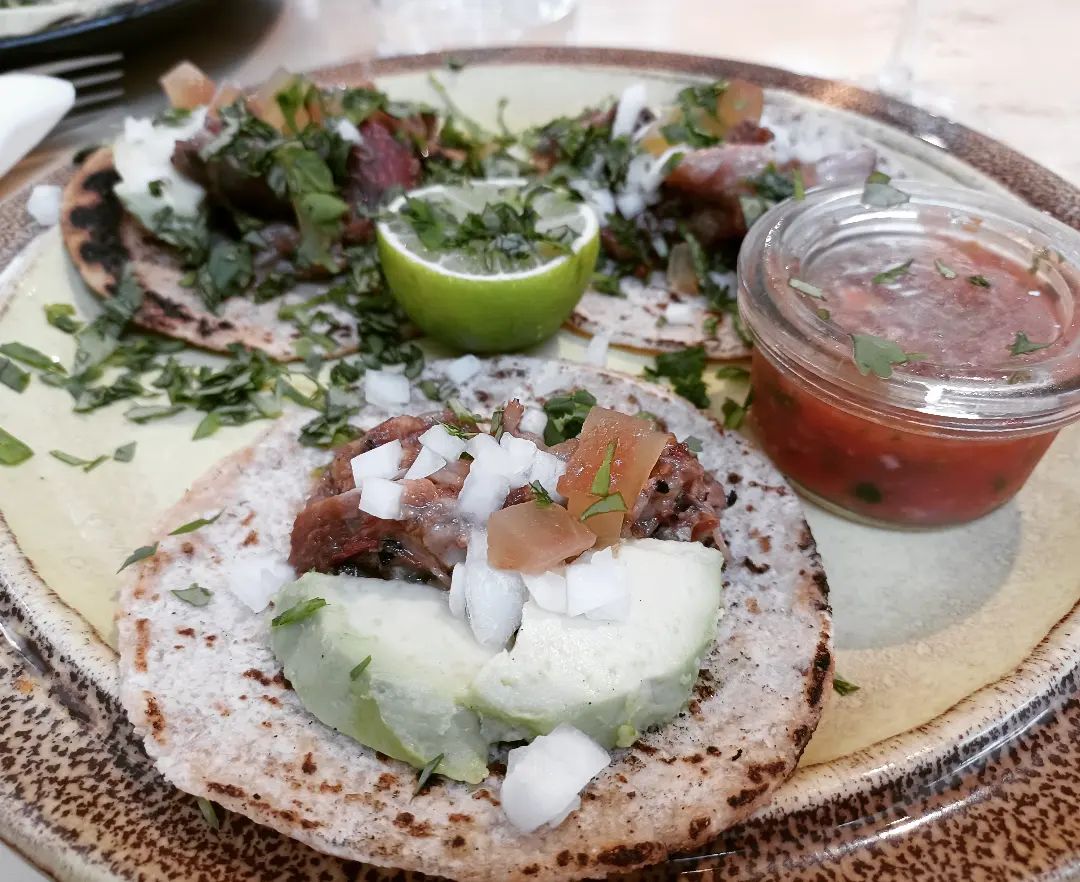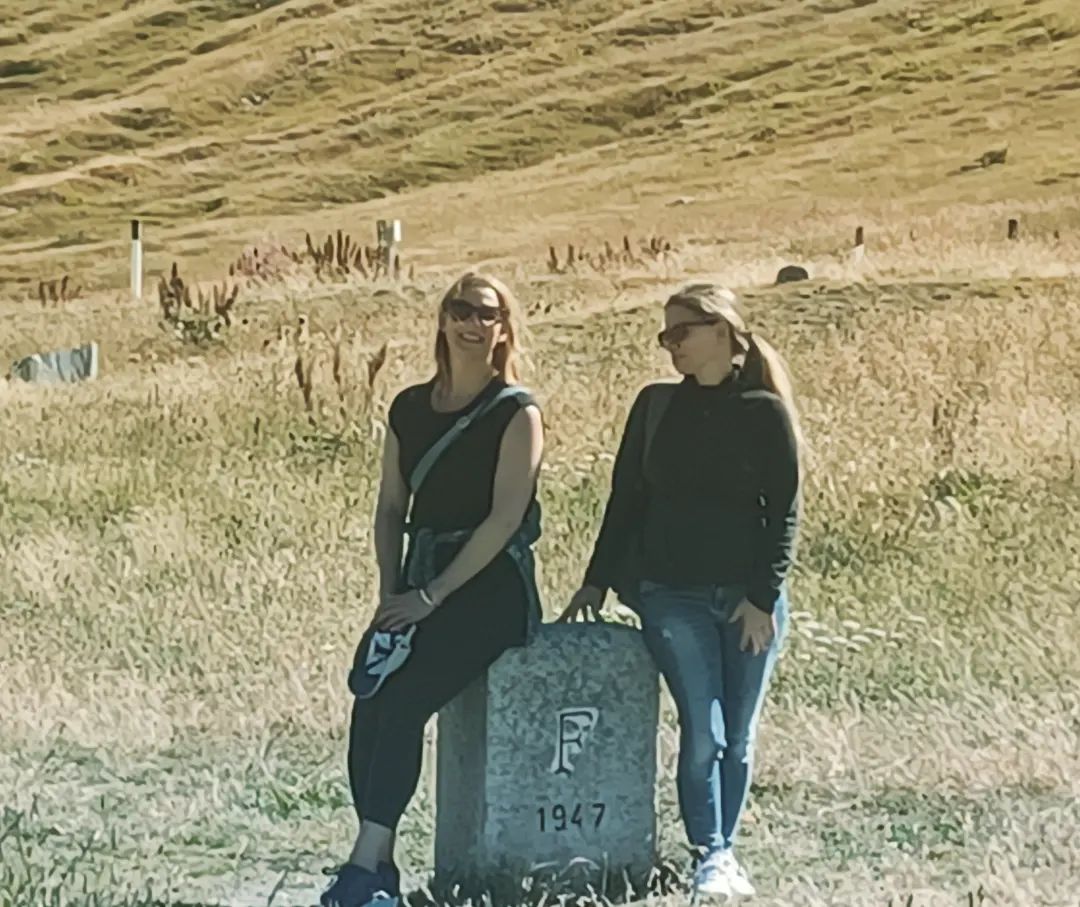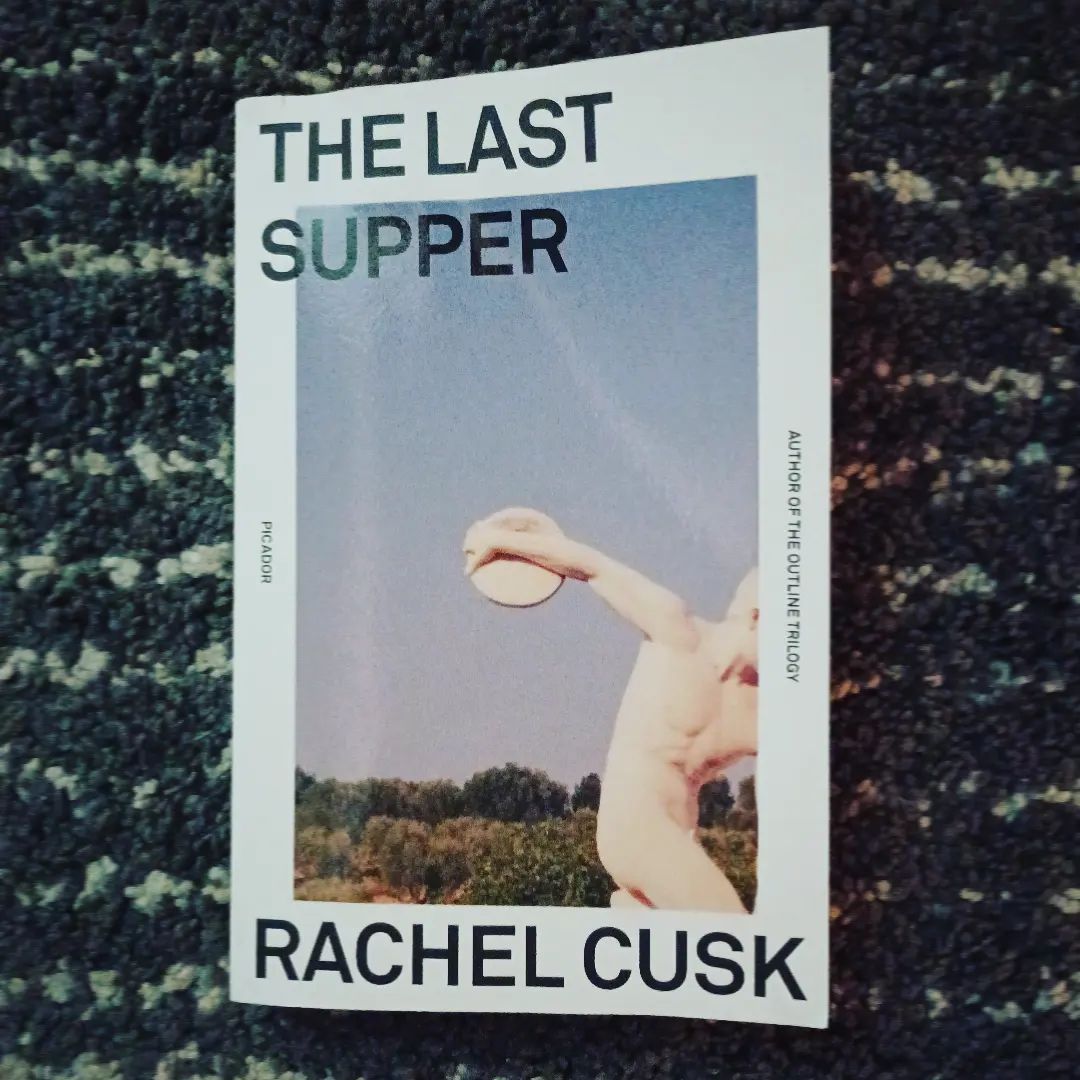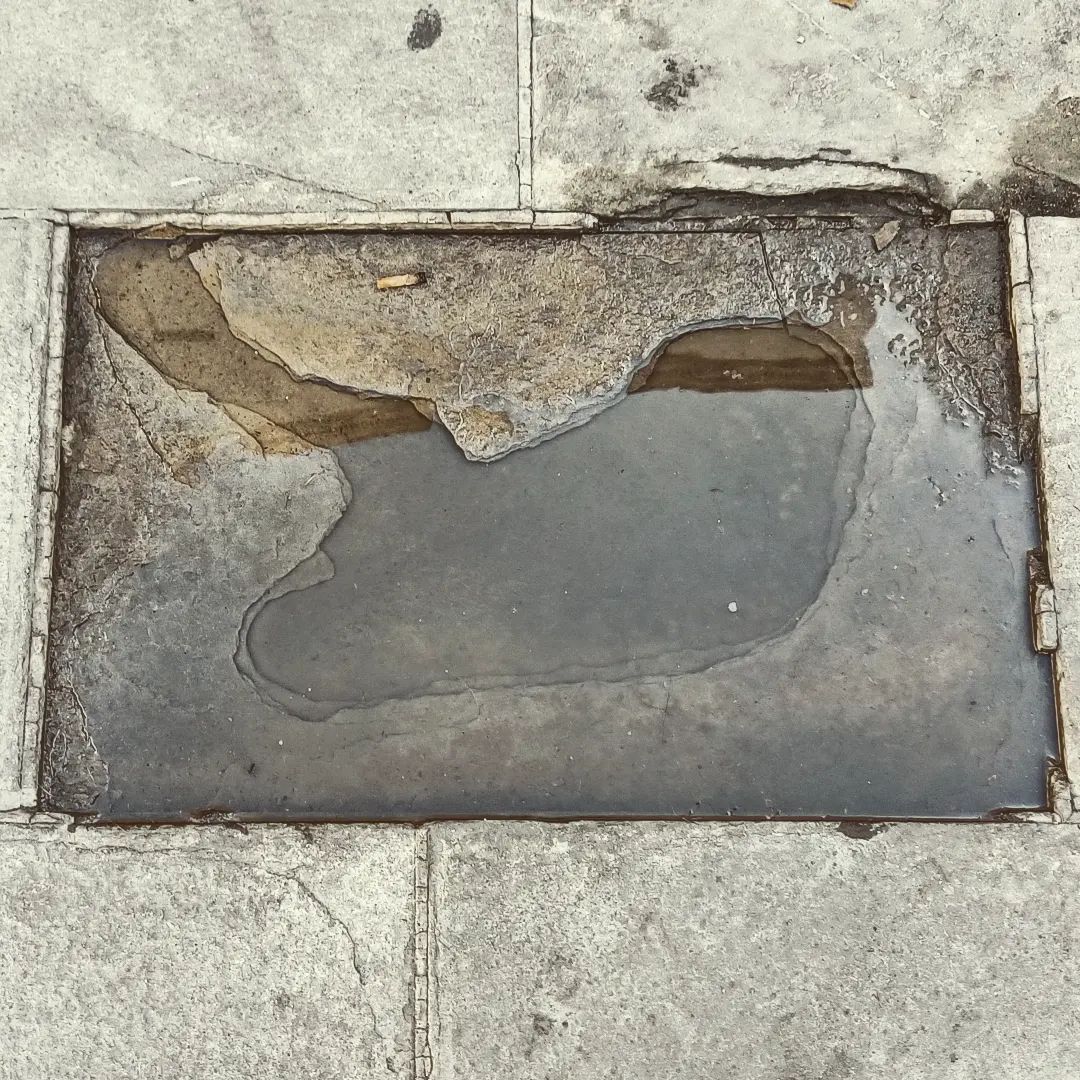As an American abroad, and with my particular identity and experience, I am frequently drawn to patronize immigrant business in the towns where I live. I am reminded of that Indian grocery store on Asp in Norman that put out fresh hot samosas at 4 pm. Pretty much everywhere I have ever had a pedicure. And likewise, many of the places I like to eat, up and down the West Coast.
I remember especially New Year’s Day 2013, in Himalayas, the Bangladeshi grocery store in Arezzo, which was the lone shop open on that day. I needed a toothbrush; I do not remember why it was urgent. But I walked into the store – not the first time – and immediately felt so relaxed and so at home with the group of Nigerians and southeast Asians perusing the produce and dry goods that I did not even stop to think to myself, Am I really going to fry these plantains when I get them home? or What would I do with a quickly softening jackfruit?
I wandered the three aisles, cataloging the packets of curry and curry spice and curry powder, neem oil and tamarind paste, endless rice options, sandalwood soap wrapped in paper and tied with twine. Coconut milk in powder and liquid, in both UHP tetrapaks and cans. Tofu and baby bok choy, edamame and pappadums. Tins of masala. Soft drinks – unknown to me – in Sanskrit and English, their bright metal cans beckoning and begging an impulse purchase, next to the powdered laundry soap and bars of naptha. And a toothbrush. And subcontinental toothpaste.
How can I explain to you that this scene triggered no nervousness or confusion at all for me, but rather a sense of deep relaxation and calm – ahh different lovely things, these are my people.
 |
| Yummy. |
The man at the till gave me a quizzical look when I bought my toothbrush and toothpaste, a few cans of coconut milk and a bag of dried chickpeas and a small can of tahini. The aretini local to town regarded Himalayas as a curiosity, but would never step foot in there or shop there. I am as relaxed in a new place as many people are in a familiar place. Some combination of genes and a life lived everywhere means that a slightly musty grocery store in a third country is a major serotonin trigger for me. Had those aretini spoken English, I am sure they would have exclaimed to me, in a bourgeois assessment, but it’s not proper Italian food!
I can still hear a certain group of Englishwomen in Strasbourg, when I lived in France, schooling me on the “proper” nature of things: proper flour, proper sugar, proper food. “Proper,” to these young Englishwomen, meant not just “it is the right thing,” but “it is the expected thing,” and further, “anything different than what we expect is therefore improper!”
How I snorted and laughed even then, to their confused reactions, and how I still snicker to think of a certain English woman in particular personally importing five-pound bags of “proper flour” on her trip back to France from the UK at Christmas.
“Becky!” I howled, laughing. “Do you really think the sugar and flour are any different here?!”
But yes, yes she did. And she was quite happy to make crepes with her proper flour, and since I was eating them three at a time with sugar and lemon, and getting quite plump that year, I ceased my interrogation.
 |
| “But, darling, it is just not proper flour, I can’t even.” |
Smaller European cities can be broadly characterized by their homogenaeity. Florence is an exception to this, and in any case, it is not so small, but has found itself the master of a trade route and crossroads for millennia. I suspect that veri fiorentini, true Florentines, wish to patronize only “proper Italian” businesses for their needs; meanwhile, a significant immigrant community and infrastructure has grown up over the centuries, and in the last fifty years in particular.
This immigrant infrastructure is a boon to incoming immigrants such as ourselves – I hesitate to apply the “expat” label; it smacks of privilege and a closely guarded inequality to the benefit of the speaker. “Expat” implies you have a desirable home to return to; “immigrant” whispers doubts of the “proper home” from which you came, and the purposed pressures, economic or political, under which you must “have escaped.” An expat escapes with money and retains options; an immigrant flees with nothing, and has no options. But I digress.
I love Italian salons. I have a lot of hair; I need hair help. My Finnish heritage has ensured that I have a thick mane that, even at my age, and after kids, requires strategic thinning and layers cut into it so as to make me look slightly less like a troll baby doll. On the plus side, my hair does recall a kilim rug in its dry wooliness, a human single-coat terrier, if you will, and I can go one to two weeks between blowouts. Definitely more than one. Two weeks with dry shampoo. So for me, a piega that can be regularly scheduled is worth it, since I do not immediately wash it out … but rather wait … and wait… and have hairstyle strategies … dry shampoo… pins and clips … and ponytails.
 |
| Maybe some layers would help? |
I had a great salon in Arezzo, Gocce, that was all Italian, all the time, with Mayra and Lucia. They were around the corner from our building, just off the Corso. They were the best. Their owner was Italian, and busy expanding his brand globally to Costa Rica, the UAE, and Los Angeles (business planning …) The two women stylists were deeply provincial, with an accent I struggled to parse, and committed like no salon I’d ever had before to make sure I felt like a million euros every time I finished an appointment there. Their prices were affordable, at twenty euros for a shampoo and blowout.
Returning to the US in 2013 with my unruly, genetically Arctic mop was difficult. American stylists either did not take the time, or you
couldn’t get an appointment, or when you did get an appointment it would be six weeks out, and would take three hours, and cost $180. Your hair would look fantastic, but at those schedules and those prices, it could only happen once every 18 months. Ykes. Too long!
A regular and affordable piega was very much on my list of things I looked forward to returning to, in 2016, as we made our preparations to come back to Italy long-term. I had a salon here in Florence that I found through the network; it was recently shuttered. Another one that I also really liked was recently sold. A third one was ok, but with such high tourist-target prices as to be laughable. Plus I walked out of there looking like Elizabeth Taylor at the senior prom, which is not problematic in and of itself, but … for everyday? It was a bit much.
Couple this to the fact that, perhaps due to the nature of tourists and the tourist economy, I found it difficult to find an appointment in my morning. Salons seemed to say they opened at 11, but then really opened around noon, and then were ready to greet you at 12:30, and maybe start on your appointment by 1 – I do not have this kind of time to dally around. I want a piega, and I want one regularly.
One day in Italian language class last year, our instructor Franco diverged into a long dissertation about Italian salons, and how they were suffering due to the influx of Chinese businesses. That Italians were, lamentably, become more and more hurried, and less able to spend many euros on an Italian salon, where the chitchat and the process is also part of what you pay for, in addition to fantastic hair. But how a Chinese barber or stylist would get your hair done in two snips and a fluff, and out the door you’d go, when in the same amount of time in an Italian salon they would have just gotten you an espresso and covered the potential life threats inherent in that day’s weather (too hot, too cold, too wet, too windy, too cloudy, etc.)
Hell yes, I whispered to myself, I am going to find a Chinese salon!
I had often passed one on my circuit around our neighborhood; it was always busy, with a constant stream of Italian clients. It is directly across from an Italian salon that specializes in the three-hour appointment and large bill. I have friends who go there regularly and so have heard firsthand accounts. Italy, I love you, but mamma does not have time for that.
The Chinese salon did not have a discernible name, but it did have a price list poster out front, with a small pleather-upholstered stool. I felt so relieved about my solution that I walked in about a month later.
The first piega was less than a success. The stylist curled my hair with a curling iron for about 20 minutes, and I looked like I was headed to the junior prom forthwith. I do not love extensive heat styling anyway; the burning hair smell is a total past life witch trigger for me.
I continued to also frequent my two Italian salons (before they shuttered and changed hands). But it was a challenge to work in a regular appointment for Arctic mop care when I have this much hair. I am like a Hungarian puli getting groomed. It is a real commitment. And no, I do not want go straight up Sinead or Annie Lennox. But I do hate washing my own hair, because there is so much of it that it is hard to get clean. Is it clean? and then, how am I going to dry all this? I know I have friends who understand, who are also from the Thick Hair club.
 |
| I am not really into dreads for myself, but Hungary is rockin this look. Plus, the sheep? They never even notice him. |
Then, about a month ago, after I had been trying to chase down any kind of an appointment for weeks, and had called and gone into a salon when advised to do so, only to be advised in person that they were too busy and to go home again, I realized that it is impossible to obtain a piega on a Saturday in Florence. Just don’t even try. The salons are beyond full. They can’t even take a walk-in, not even in a granny salon, and if they say you have an appointment at noon to mollify you, you will be hanging out in said salon til three until it is your turn.
I went back to the Chinese salon on Borgo La Croce. They were gracious, and fast. They are very like the Vietnamese nail salons in the US. An older woman sat me down and gave me a vigorous, three-step shampoo and massage that restored my mental clarity. I asked for a piega liscia, just a straight blowout, to avoid the pitfalls and burnt hair of the junior prom curling iron. The shampoo matron’s colleague (possibly her daughter?), had me dried and ironed out in about 15 or 20 minutes. The cost? Ten euros. I tipped them two more, out of joy, which they tried to refuse, until I insisted that I felt I had to do so because I was American, and I could not escape my cultural habits.
Two weeks later, I went back, having not washed my hair since the last piega cinese. They were happy to see me, and greeted me before grandma got down to scalpy business again at the shampoo station. Their Italian is so accented that it is hard for me to understand, and I suspect that that is the case for all their Italian clients. But in a place where everyone in charge speaks Italian as a second or third language, I feel like I can relax. There is no greater startle for me than an unexpected volley of language when my thoughts are focused elsewhere.
A much shyer young woman in a green gingham-checked jumper dried my hair. As she worked on me, I heard an older Italian woman to my left berating her stylist for failing to achieve the proper lift in her bangs with the blowdryer. She went on and on. She dried it herself. Personally I have not been that concerned about the lift of my bangs since 1986, so it was interesting to see this sixty-year-old nonna in a leather jacket schooling the stylist. The nonna eventually called it good, and went to pay, where she continued to berate the staff for having gotten water in her eyes at Shampoo Station. She paid her ten euros and left. They all were quiet as they watched her leave. Not one of them smiled.
I, on the other hand, was most satisfied with my clean, ironed hair. I paid my ten euros (total time: 25 minutes) and tipped the Chinese Laura Ingalls Wilder a euro, which she was too surprised to try to hand back with any conviction.
Interestingly, this time they issued me a handwritten receipt, showing that I had paid the ten euros. The name of the salon was printed at the top in red: Il Pettine d’Oro, the Golden Comb. Which struck me as so appropriate for its wide allusion to both Greek (Jason’s golden fleece) and Chinese culture.
I am pleased with my Pettine d’Oro solution and will continue to patronize them, and glad too for the immigrant ambiance in Italy. Xie xie, Pettine d’Oro.



